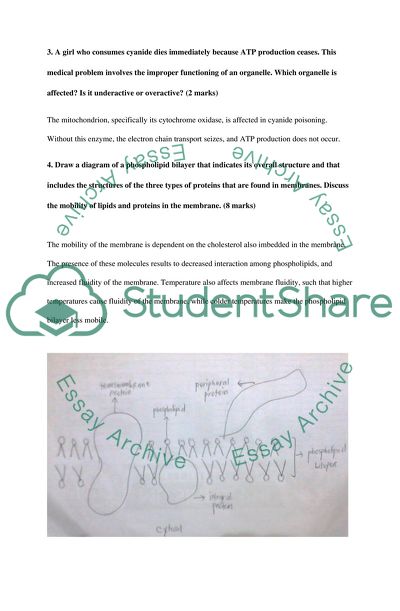Cite this document
(Differences between Prokaryotic and Eukaryotic Cells Assignment, n.d.)
Differences between Prokaryotic and Eukaryotic Cells Assignment. Retrieved from https://studentshare.org/biology/1780423-4th-year-cell-biology-assignments-1-2-the-last-question
Differences between Prokaryotic and Eukaryotic Cells Assignment. Retrieved from https://studentshare.org/biology/1780423-4th-year-cell-biology-assignments-1-2-the-last-question
(Differences Between Prokaryotic and Eukaryotic Cells Assignment)
Differences Between Prokaryotic and Eukaryotic Cells Assignment. https://studentshare.org/biology/1780423-4th-year-cell-biology-assignments-1-2-the-last-question.
Differences Between Prokaryotic and Eukaryotic Cells Assignment. https://studentshare.org/biology/1780423-4th-year-cell-biology-assignments-1-2-the-last-question.
“Differences Between Prokaryotic and Eukaryotic Cells Assignment”, n.d. https://studentshare.org/biology/1780423-4th-year-cell-biology-assignments-1-2-the-last-question.


